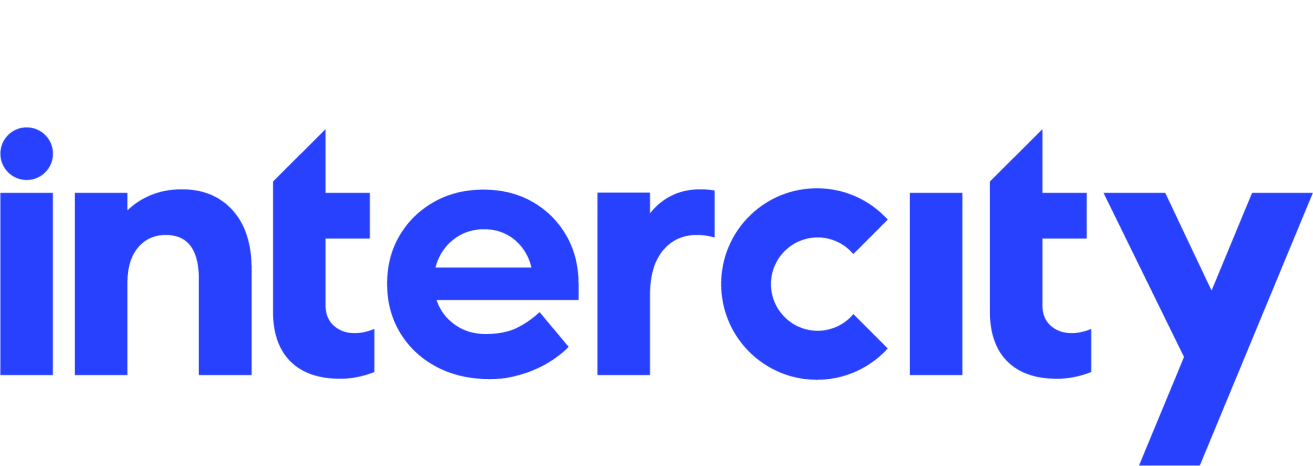Let’s call it what it is: vendor overload. It’s what happens when you’ve bolted on tech solutions year after year without stopping to take stock. You’ve ended up with a messy patchwork of platforms, providers and services, all duct-taped together. The perfect storm waiting to happen.
If you’ve got a clear strategy and tight integrations, great. But if your IT landscape looks more like a game of Jenga than a roadmap, you’re not alone. And it’s costing you.
The growing burden of “too many vendors”
According to Gartner, 75% of organisations using multiple security products are facing integration challenges as a direct result of vendor sprawl. And a recent survey from Capterra shows that nearly 60% of UK SMEs are actively looking to consolidate software vendors in 2025 to cut costs and reduce complexity.
That’s not surprising. When budgets are tight and every line item is under the microscope, paying for half a dozen platforms that do 80% of the same thing just doesn’t fly anymore.
What vendor sprawl really costs you
It’s not just about licence fees. Every extra vendor adds weight to your operation. Here’s how:
• Wasted time – Managing different logins, contracts, updates and support desks slows everything down.
• Security gaps – More moving parts mean more vulnerabilities, and more risk that something slips through the cracks.
• Bloated costs – Redundant tools and overlapping features lead to spend you don’t need and ROI you’ll never see.
• Decision drag – With every new vendor, you’re adding complexity that muddies the waters instead of making things clearer.
This isn’t a tech stack. It’s a tech trap.
Too many businesses fall into the trap of chasing the latest shiny product without thinking about the bigger picture. But you don’t need more tools. You need smarter ones. Ones that actually work together. Ones that make your life easier, not harder.
Why now’s the time to hit pause and take stock
When money’s tight, doing nothing isn’t an option. Consolidating your IT vendors might feel like a big job, but the pay-off is worth it. You’ll save cash, simplify your operations, and sleep easier knowing your systems are built on solid ground.
Here’s where to start:
1. Do an audit – List every vendor, what they do, and what it’s costing you.
2. Spot the overlaps – If you’ve got three tools for the same task, that’s your sign.
3. Prioritise integration – The more your tools can talk to each other, the smoother things run.
4. Pick trusted partners – Work with providers who actually understand your business and won’t leave you juggling the pieces.
Let’s cut the noise
Vendor overload doesn’t just waste time and money. It puts your whole operation at risk. So stop stacking solutions on top of each other and start building a strategy that holds up.
In a time when budgets need to stretch further and teams are already doing more with less, clarity is everything. It’s not about chasing the next shiny thing. It’s about making the things you’ve already got work smarter, together.
Taking stock now isn’t just a nice-to-have. It’s how you stay agile, cut the waste, and get back to focusing on what actually matters.
Subscribe to our newsletter
YOU MAY ALSO BE INTERESTED IN:


